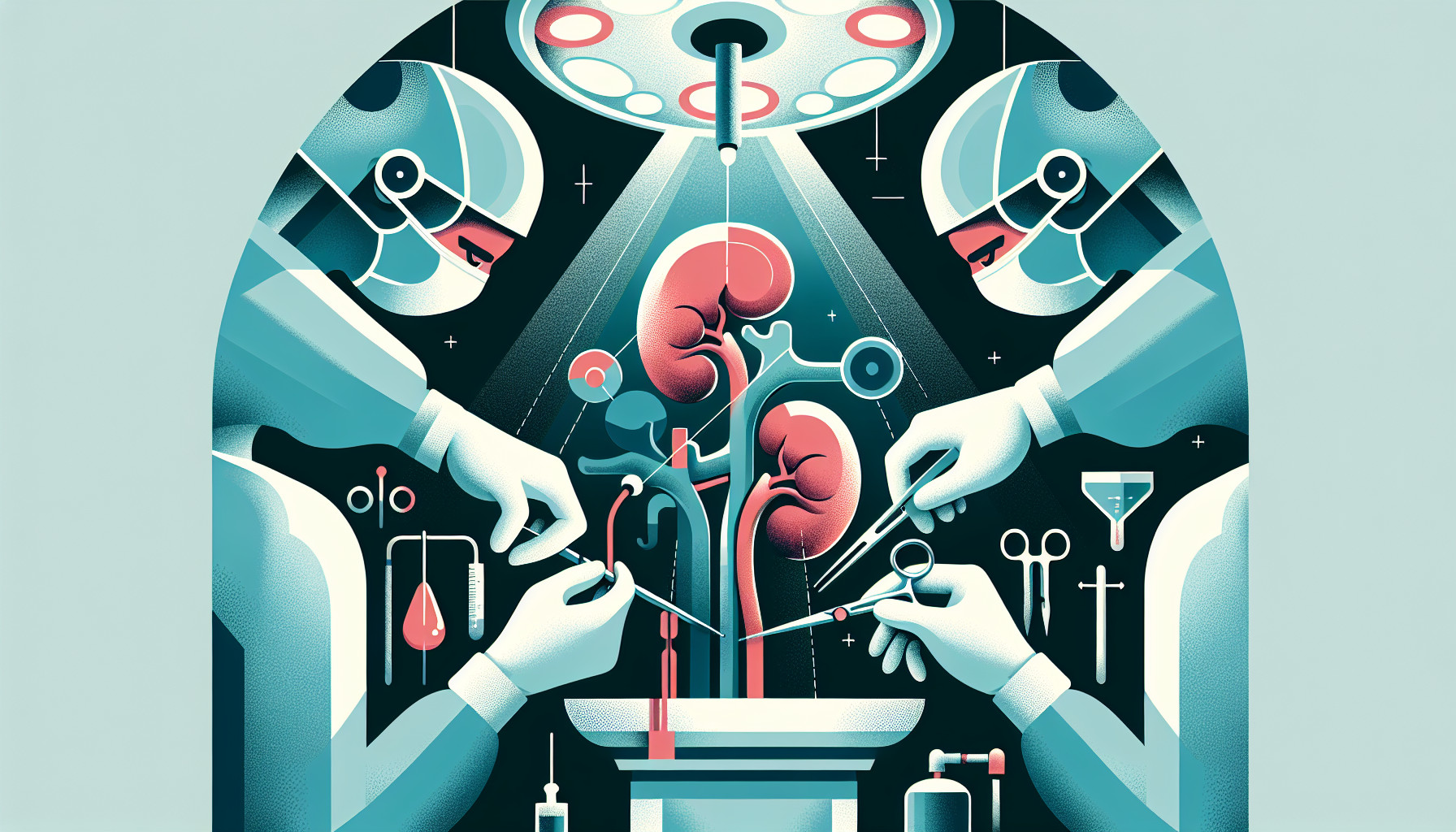Our Summary
This research paper talks about the ongoing advancement in minimally invasive surgery (MIS) in veterinary medicine. MIS involves performing operations with minimal damage to the body, which is beneficial for the animals being treated. The paper discusses new approaches like retroperitoneal (from the back of the abdomen), NOTES (a technique where organs are accessed through natural body openings), and robotic surgeries. These approaches are being developed to improve visibility and handling of important body parts during specific procedures. The aim is to increase the variety of MIS techniques available for animal patients, which is a significant concern for vets and pet owners. This is leading to exciting clinical research. The paper highlights new technologies like near-infrared fluorescence (a technique for visualizing structures inside the body), barbed sutures (a type of stitch that holds tissue together), and 3D printing which are driving these advancements.
FAQs
- What are some of the new minimally invasive surgery techniques being investigated in veterinary medicine?
- How are new technologies like near-infrared fluorescence, barbed suture, and 3D printing being incorporated into minimally invasive surgeries like laparoscopic nephrectomy?
- What is the importance of increasing the number of minimally invasive surgery techniques available in veterinary medicine?
Doctor’s Tip
A doctor might tell a patient undergoing laparoscopic nephrectomy to follow their pre-operative instructions carefully, including fasting before the procedure and stopping certain medications as advised. They may also recommend staying well-hydrated and getting plenty of rest before the surgery. Additionally, the doctor may advise the patient to ask any questions they have about the procedure and recovery process, and to follow post-operative care instructions closely to ensure a smooth recovery.
Suitable For
Patients who are typically recommended for laparoscopic nephrectomy are those with renal tumors, renal cysts, renal artery aneurysms, or severe kidney damage due to conditions such as kidney stones or infection. Additionally, patients who are at high risk for complications with traditional open nephrectomy, such as those with significant comorbidities or obesity, may also be good candidates for laparoscopic nephrectomy.
Timeline
Before laparoscopic nephrectomy:
- Patient undergoes pre-operative evaluation and consultations with healthcare providers
- Patient may undergo imaging tests such as CT scans or ultrasounds to assess the kidney
- Patient is instructed on pre-operative preparations such as fasting and medication adjustments
- Patient undergoes anesthesia induction and positioning for surgery
After laparoscopic nephrectomy:
- Patient is monitored in the recovery room for a period of time
- Patient may experience some pain and discomfort post-operatively
- Patient is gradually transitioned back to a normal diet and activity level
- Patient may need to take pain medication and antibiotics as prescribed
- Patient has follow-up appointments with healthcare providers to monitor recovery and assess for any complications.
What to Ask Your Doctor
- What are the risks and benefits of laparoscopic nephrectomy compared to traditional open surgery?
- How experienced are you in performing laparoscopic nephrectomies? How many have you done?
- What is the success rate of laparoscopic nephrectomy in terms of removing the kidney completely and effectively?
- What is the typical recovery time and post-operative care needed after a laparoscopic nephrectomy?
- Are there any specific complications or side effects that are associated with laparoscopic nephrectomy that I should be aware of?
- Will I need any special preparation or testing before the procedure?
- How long can I expect to be in the hospital after the surgery?
- Will I have any restrictions on physical activity or diet after the surgery?
- What is the long-term outlook for kidney function after a laparoscopic nephrectomy?
- Are there any alternative treatments or procedures that I should consider before deciding on a laparoscopic nephrectomy?
Reference
Authors: Buote NJ. Journal: Vet Clin North Am Small Anim Pract. 2022 Mar;52(2):513-529. doi: 10.1016/j.cvsm.2021.12.007. Epub 2022 Jan 24. PMID: 35082094
